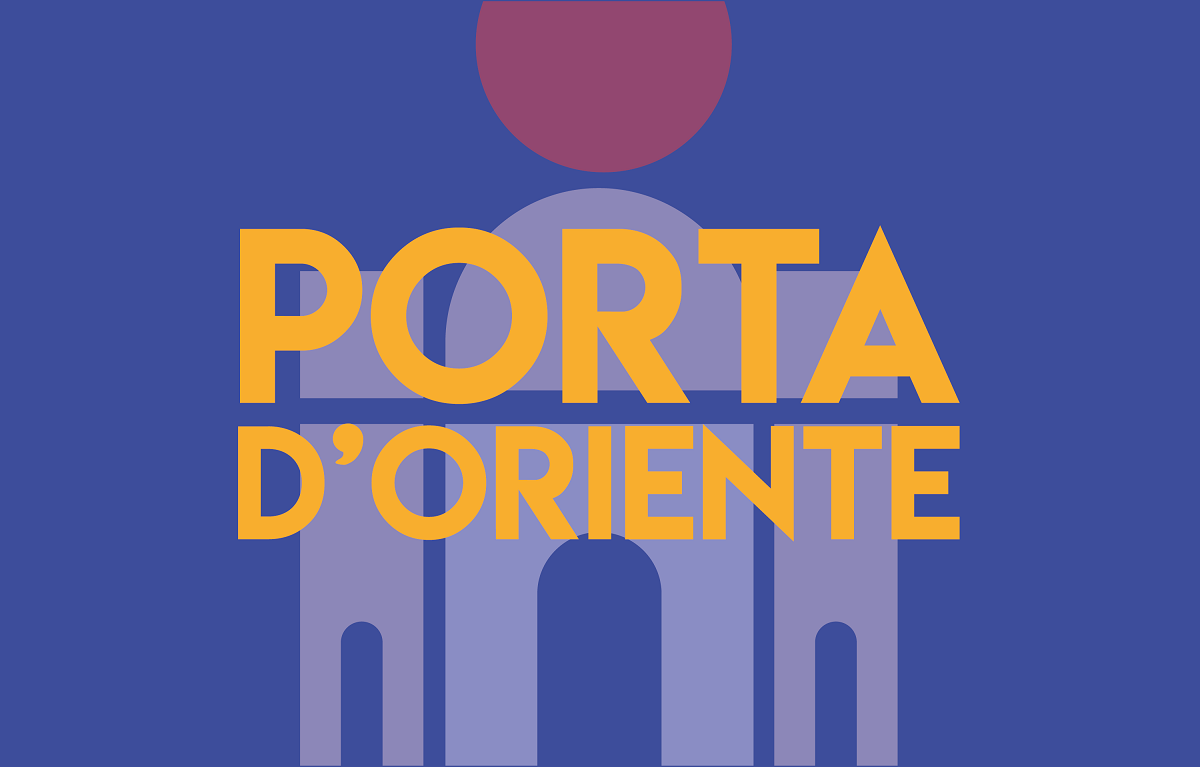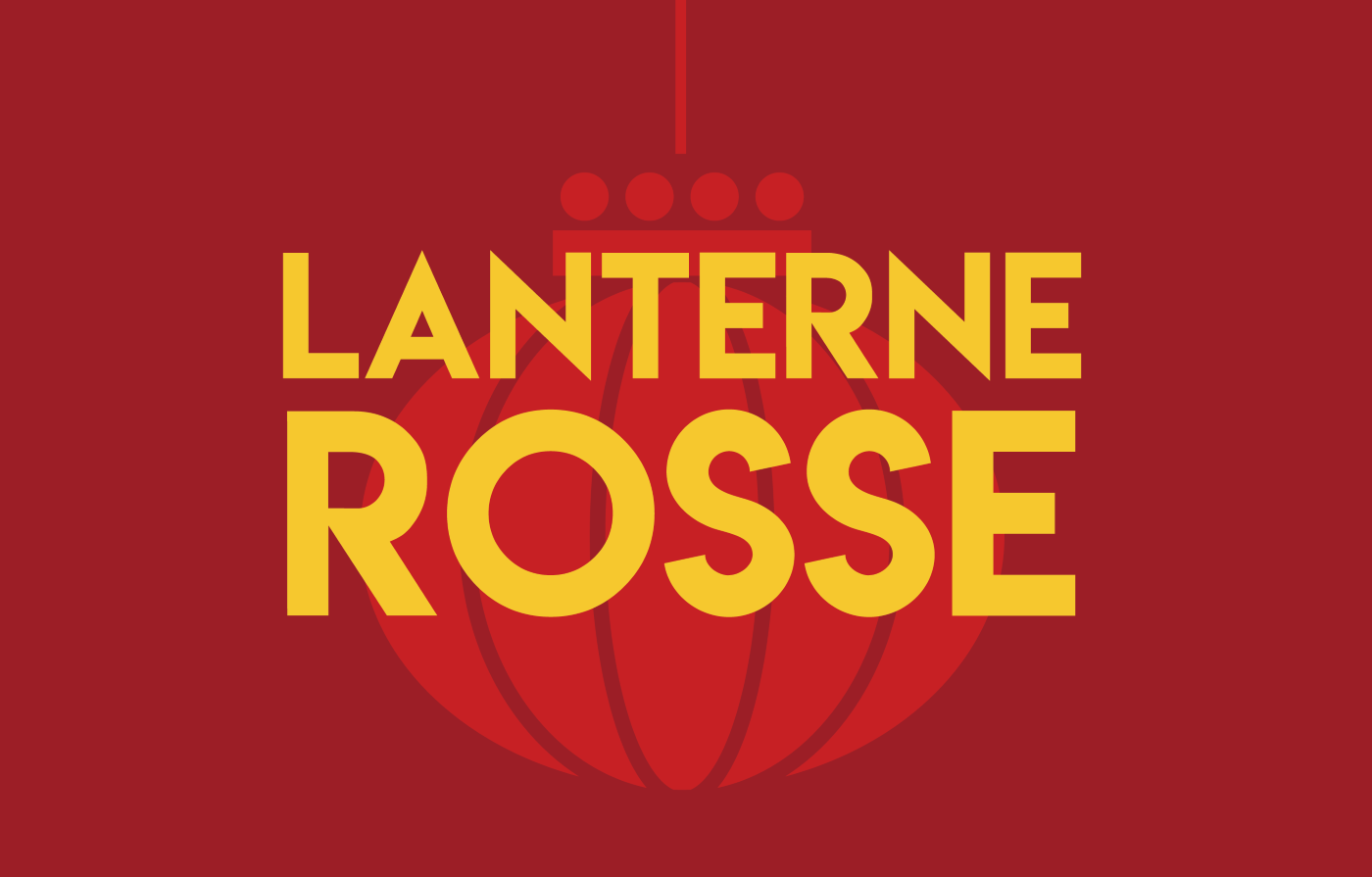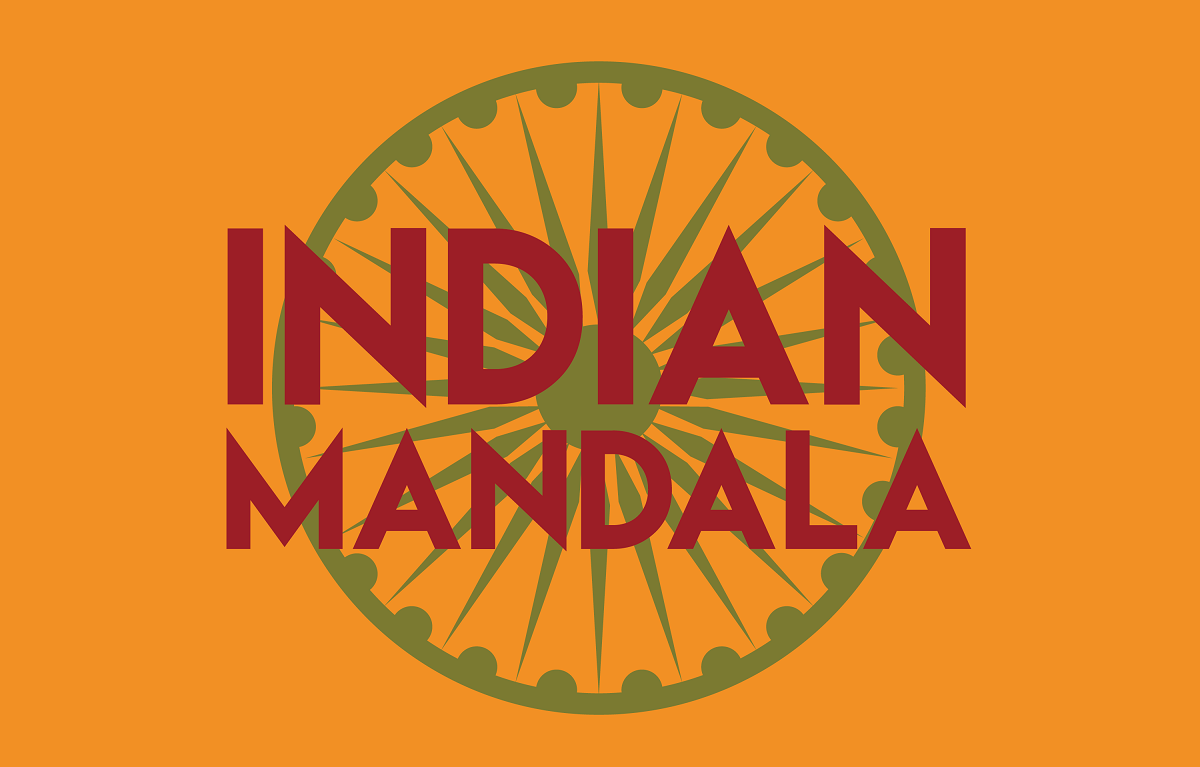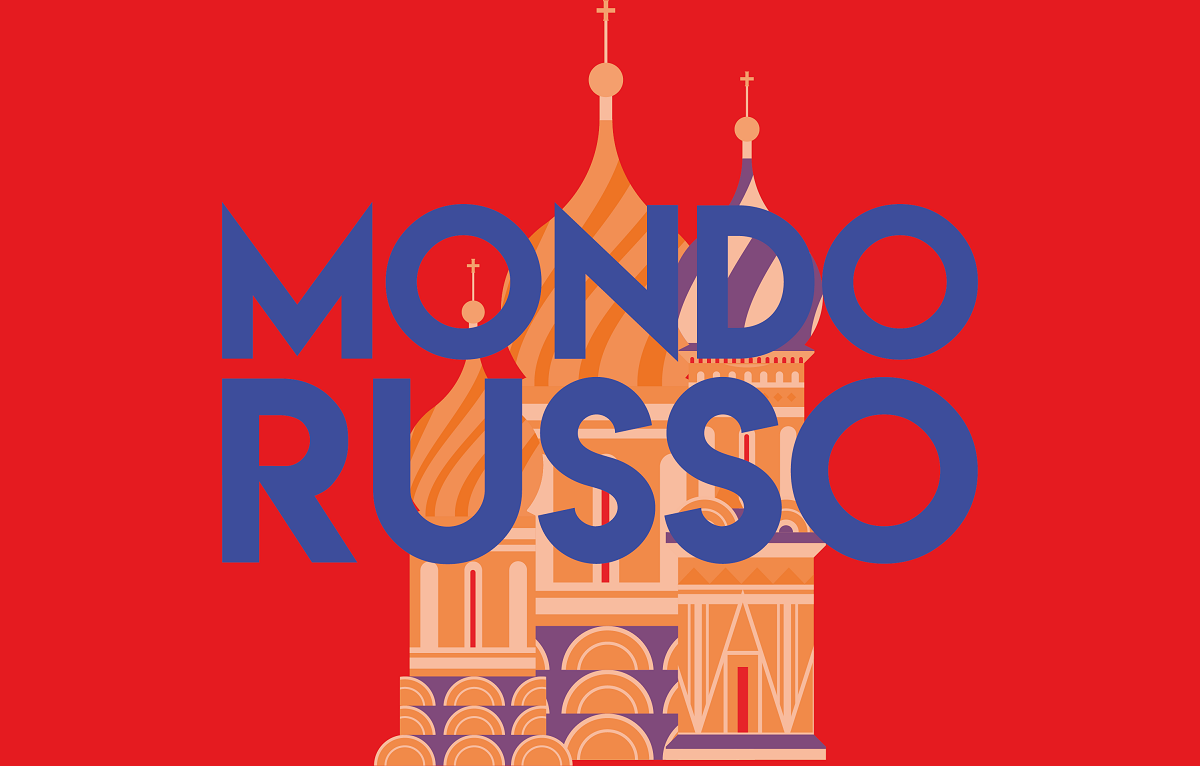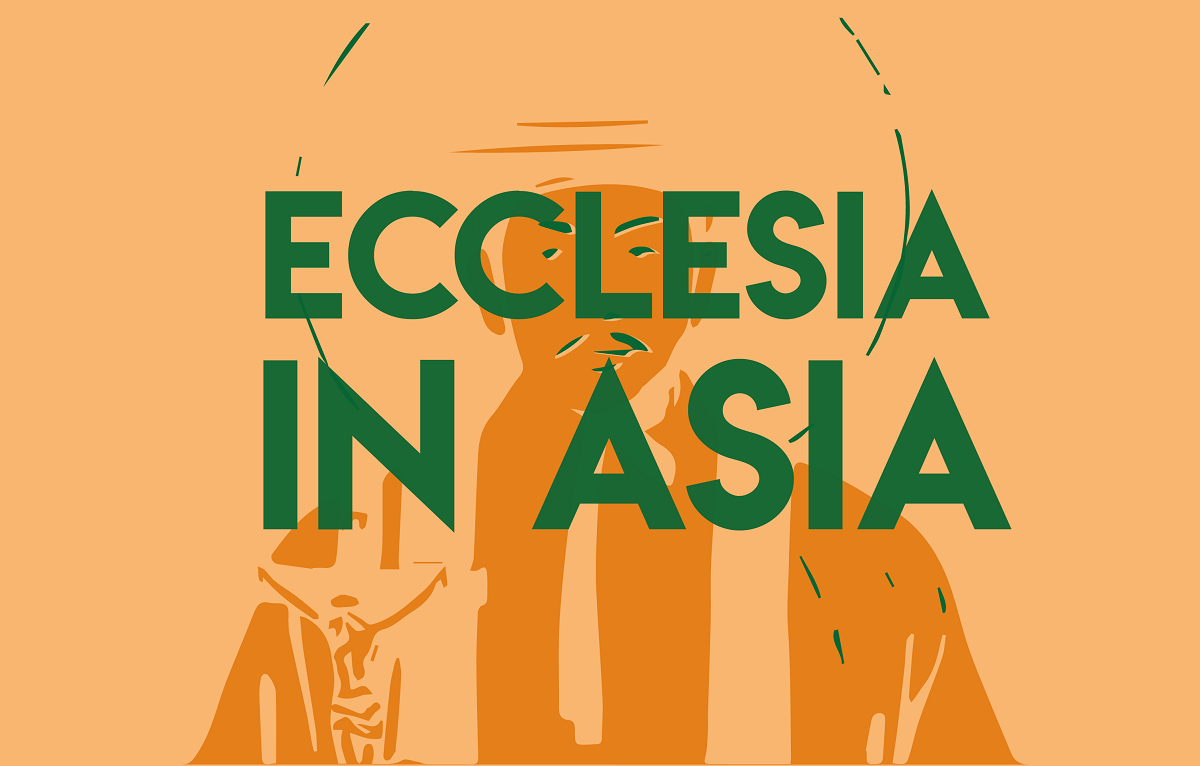Le bevande dissetanti dell'Asia centrale
From Tajikistan's green tea to Kazakhstan's Kumys to Kyrgyzstan's Ayran: cooling off in the summer heat in Central Asia is an ongoing rediscovery of ancient nomadic and semi-nomadic traditions, of peoples who also rediscover their ancient identity by sipping their drinks.
Astana (AsiaNews) - Even in Central Asia, the summer heat has arrived, and all accessible means are being used to cool off: ice cream, air conditioners, drinks of all kinds, swimming in the waters of regional lakes. Hot green tea from Tajikistan dominates over everything, according to the best Islamic traditions, which not only compensates for the fat in the body, but also stimulates the separation of sweat sources, expelling heat from the body and bringing it back to a normal temperature.
There is a theory that tea contains microorganisms capable of reducing body degrees, which are only activated when the drink is boiling hot, with vitamins C, B and P invigorating the circulation. Also popular in these parts is the more refreshing Čolob or Chalap drink, which is made from a mixture of yoghurt with the addition of mint leaves, basil and large blocks of ice. Similar to it is the Dugob, a mixture of yoghurt and water whipped to a froth, into which salt, mint and basil can be put, an easy drink to make and always ready at home, although it can be found in any shop.
Just as Dugob is popular in Tajikistan, Kumys is popular in Kazakhstan, a nomadic drink made from the fermentation of mare's milk mentioned by Herodotus when describing his travels around the world. To make it, a mare's or camel's milk base is needed, to be fermented for a certain time, then without pasteurising it, the distillate is poured in and left at 30 degrees for about ten hours. Kumys manages to combine the taste of milk with that of the alcoholic beverage, with the milk fat increasing the alcohol content by up to 5-6 degrees. It depends very much on the methods of its preparation, quality and maturation time, so that there are about 40 different variants.
Slightly less popular among the Kazakhs is Šubat, which is made exclusively from camel's milk, where the sour and fresh parts are mixed together in hermetically sealed containers, without stirring, but turning it vigorously before serving. It is thicker and fatter than Kumys, with a surface cream called Agaran. Šalap, on the other hand, is a sour milk drink, which mixes Ayran yoghurt with water and salt, sometimes with added soda. Ikrit, on the other hand, is a simple sour milk mixture from which Kurut is made, based on boiled milk mixed with freshly milked milk in special ceramic containers, letting it sit for several hours to obtain the right level of acidity, and then mixing it over a fire.
Lovers of lamb fat can enjoy the Kyrgyz specialities of Maksym and Žarma, depending on fermentation, which are prepared only in the warm months with the addition of barley or wheat, yeast, flour, water and salt. They are fried and then boiled, left for about ten hours in dark spaces and then served nice and fresh, with great thirst-quenching and at the same time satiating and soothing effect for various needs. From yoghurt in Kyrgyzstan, Ayran is also produced, another type of fresh milk drink, which can be as thick as cream; it is a food product, with very complete amino acids, often used in diets and also very popular in Turkey. From Ayran, the Kyrgyz prepare their traditional Tan, adding water, salt and herbs.
Many other drinks are offered these days in these countries, such as Čalap from the natural milk of cows, the various types of Uzbek sherbet, extolled in various folk tales as a magic drink of roses and other flowers, or liquorice and various spices, or the Turkmen Chal from camel milk, and many others. In a continuous rediscovery of ancient nomadic and semi-nomadic traditions, of peoples who also rediscover their ancient identity by sipping their drinks.
11/08/2017 20:05





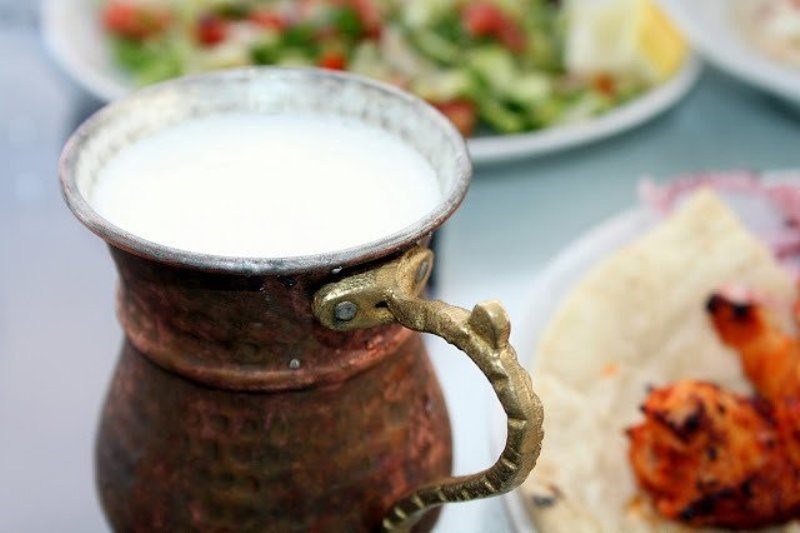

.png)
